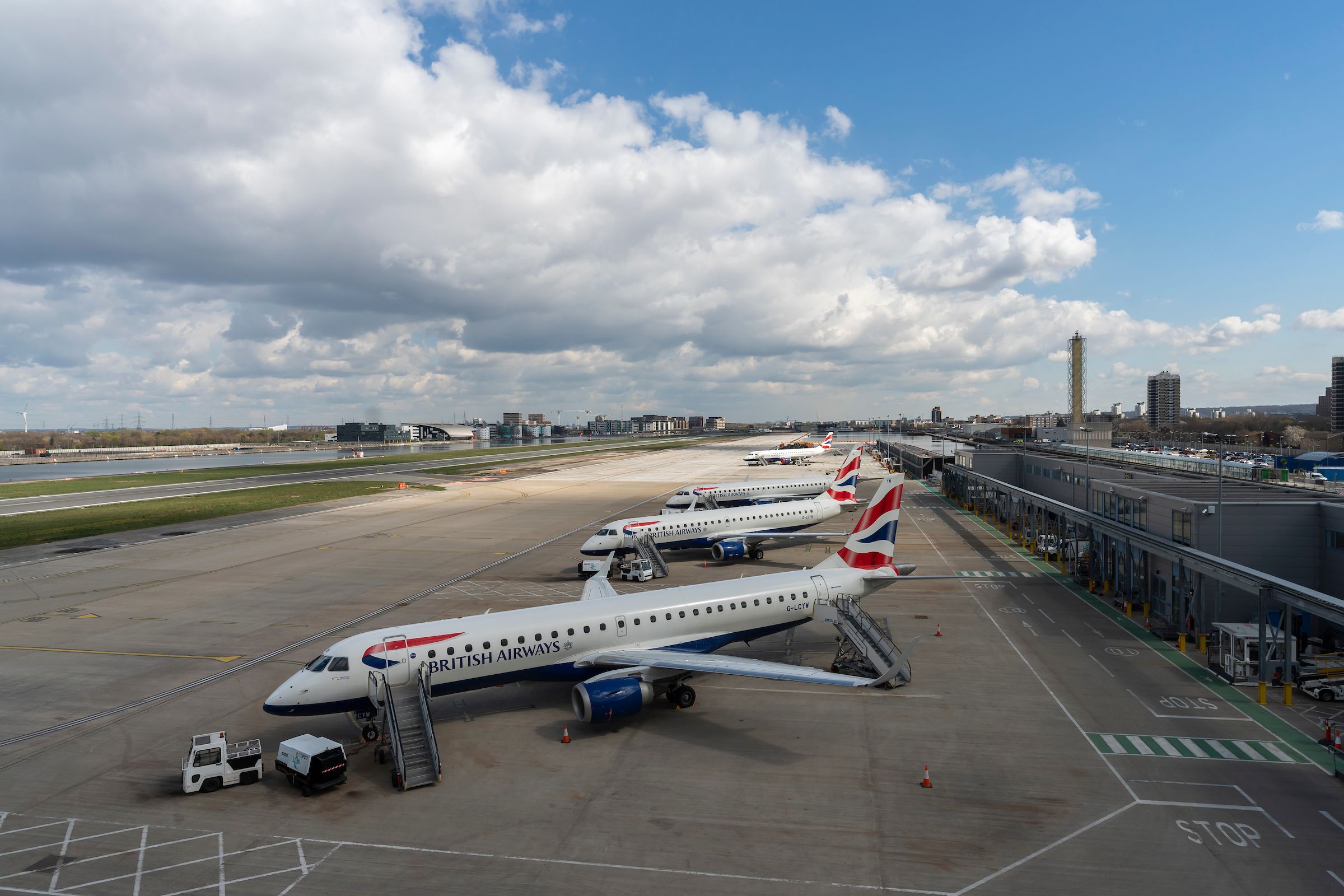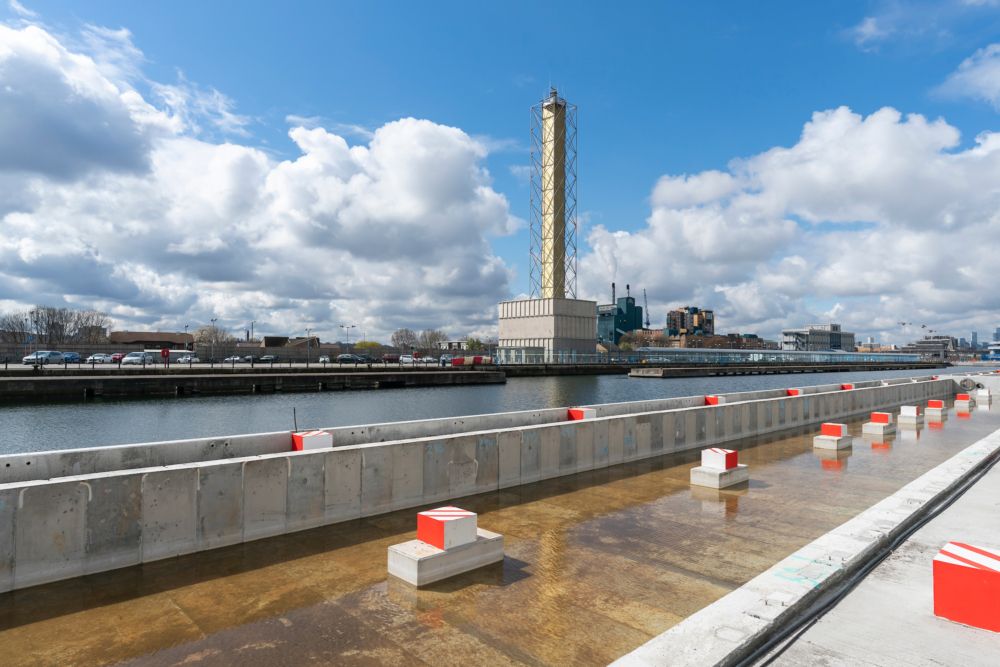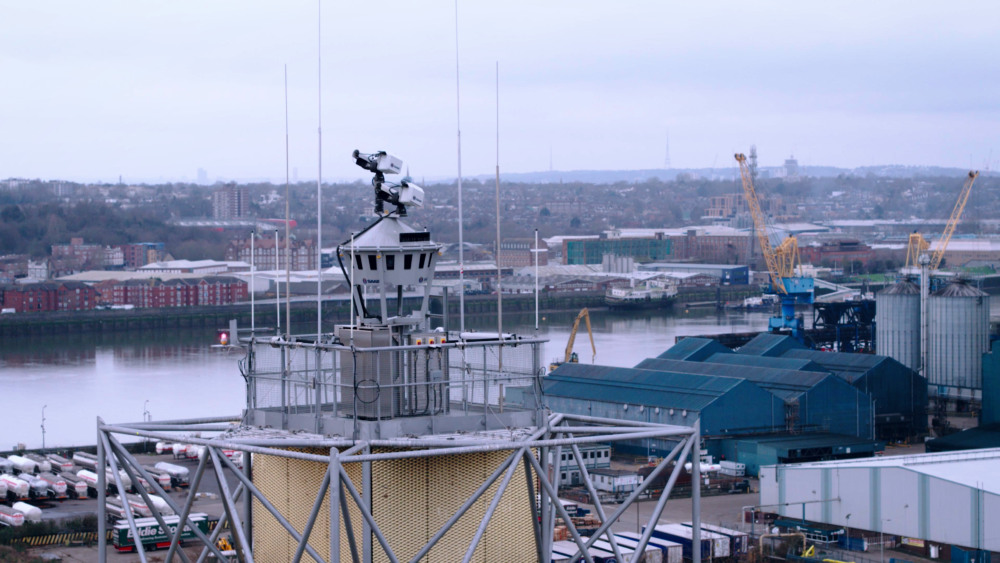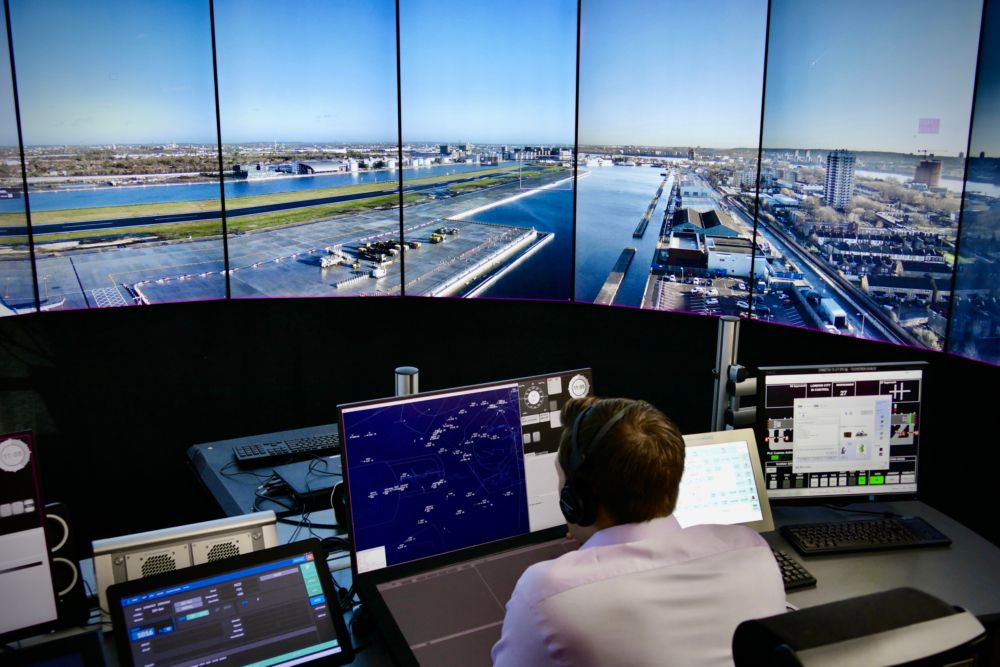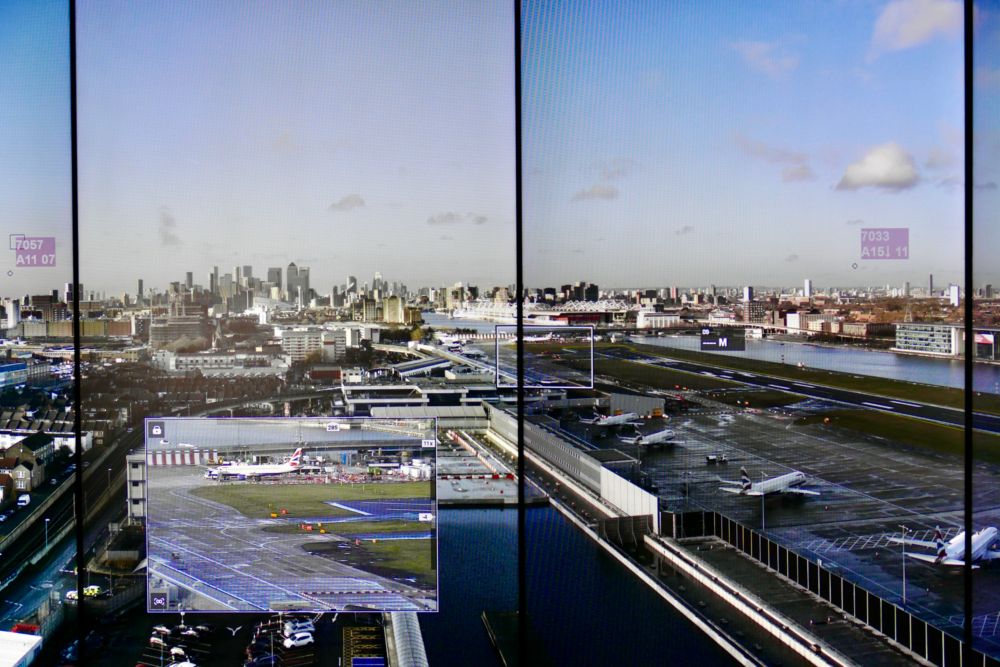Air Traffic Control has changed very little since the Second World War. The industry is acutely aware of the need to modernize and rethink the way in which air traffic management takes place. One solution is the remote airport control tower, a concept that is already working in several airports around Europe. Is the airport of the future set to say goodbye to people in glass towers?
The airport control tower is outdated
For decades, airports have been controlled by people sitting in tall towers on site. Being high up in a room surrounded by windows gives the controllers a bird's eye view of the airfield. Over the years, this has been enhanced with satellite navigation technologies, with other tools and software added more recently to aid with the complex job of managing a busy airport.
However, the vast majority of control towers are still largely reliant on technology dating back to WWII. Two-way radios, paper flight progress strips, and decades-old radar systems are still incredibly common. In many cases, the fundamental function of the air traffic control system is well overdue for an overhaul.
Several options are being explored, from centralized management to completely automatic control. While studies are underway into the best way to manage air traffic in the future, most of the concepts being considered are still some years away. One that is here today, however, is the remote ATC tower.
Stay informed: Sign up for our daily and weekly aviation news digests.
London City is the first in the UK
London City turned its air traffic management over to a group of smart cameras last April. It is the first in the UK to do so, although the technology has been well explored in other parts of Europe. Simple Flying spoke to Richard Hill, Chief Commercial Officer of London City Airport, to find out more about this interesting technology.
Those landing at LCY might spot something a little different on their next approach. The old control tower was constructed when the airport was built in 1987 and was nearing the end of its operational lifespan. Rather than committing to another 20 or 30 years of onsite ATC with a new manned tower, London City took the plunge and went for a remote solution. Hill told us,
“Technology has always been at the heart of London City. When you're operating on such a small footprint, you need to find innovative ways to work.”
He explained that the tall tower is easily visible on approach, with its 360-degree cameras on top. The feed from these cameras goes to the NATS headquarters in Swanwick, around 100 miles away from the airport. There, they have a virtual control tower set up, which is, in many ways, actually better than a standard tower.
“It almost looks like a regular control tower, except the screens don't go all the way around. It delivers 360 degrees over about 270. This means they've actually got better visibility than a standard tower.”
The cameras aren’t just a visual feed either. They have inbuilt smart capabilities and can do things like identifying approaching aircraft, even through cloud cover, and they are excellent at spotting drones. It’s an altogether smarter way of controlling aircraft. For London City, having their control based at Swanwick means there is a great deal of redundancy in terms of staffing too – something that is incredibly important for an airport like this.
“From a pilot's perspective, there would be absolutely nothing different to them than speaking to a tower. They wouldn't know that they're talking to someone sitting 100 miles away in Southampton versus someone sitting on-site,” Hill explained. “We ran the two in parallel for a long time, and now we're operating independently on the new digital tower.”
The future of airport ATC?
The technology used in the remote ATC comes from Scandinavia. It was developed by Saab and was initially targeted at those airports where it's not always practical or possible to have people on site all the time. Saab has provided remote tower capabilities to the airports at Örnsköldsvik, Sundsvall, and Linköping, and in 2019, Scandinavian Mountains Airport became the first in the world to open with no traditional tower.
During the process of implementing its own remote ATC, London City worked closely with these Scandinavian airports, benefitting from their experience as LCY developed its own solution. Now, City has become a case study for a multitude of other airports; as Hill stated,
“I don't believe you will see manned control towers being built at airports in the UK going forward. I think the business case for that doesn't really exist anymore. So yes, many airports are talking to us and are watching this closely.”
Saab has had plenty of interest in its remote tower solutions. In 2019, it signed an agreement with ATC in the Netherlands to establish remote towers at the airports of Groningen and Maastricht and a remote tower center at Schiphol Airport. RAF Lossiemouth has signed for a demonstrator tower, and three more Swedavia airports are set to get remote ATC towers by the end of 2022.
Do you think remote towers are the future? Let us know in the comments.

